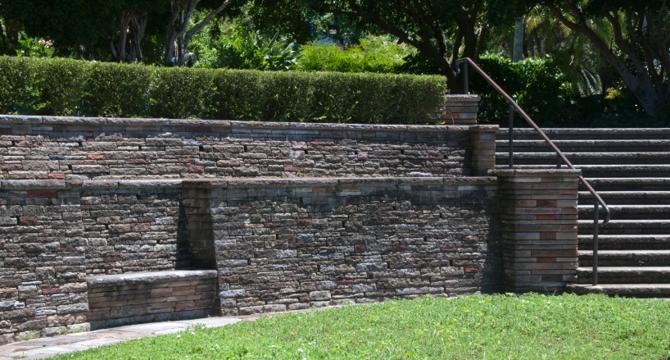Designboom
3d
161

Image Credit: Designboom
DSA group considers designing with retaining walls in contemporary construction
- Retaining walls play a crucial role in stabilizing soil and preventing collapse in construction projects, enhancing both support and aesthetic appeal.
- Design considerations for retaining walls include load-bearing capacity, drainage, material choice, compliance with regulations, and suitability to environmental conditions.
- Different types of retaining walls, such as gravity, reinforced, anchored, and sheet pile systems, cater to specific conditions and load requirements.
- Retaining walls provide stability, prevent collapse, and create usable spaces on uneven terrain by supporting soil and surcharge loads.
- Gravity walls rely on their weight, reinforced walls offer stability for medium to high retaining applications, anchored walls provide reinforcement, and sheet pile walls are suitable for waterfront and soft soil conditions.
- Innovation in materials like geosynthetics and techniques such as reinforced soil walls improve flexibility, durability, and cost-efficiency in retaining wall design.
- Hybrid solutions combining elements from different types of retaining walls are used in specialized infrastructure projects to enhance performance and sustainability.
- Key design factors for retaining walls are load-bearing capacity, drainage, material selection, compliance with standards, and durability in varying environmental conditions.
- Proper planning and construction of retaining walls are essential for project stability, longevity, and compliance with safety regulations.
- DSA Group emphasizes the importance of well-engineered retaining walls in contemporary construction projects for stability and aesthetic enhancement.
Read Full Article
9 Likes
For uninterrupted reading, download the app